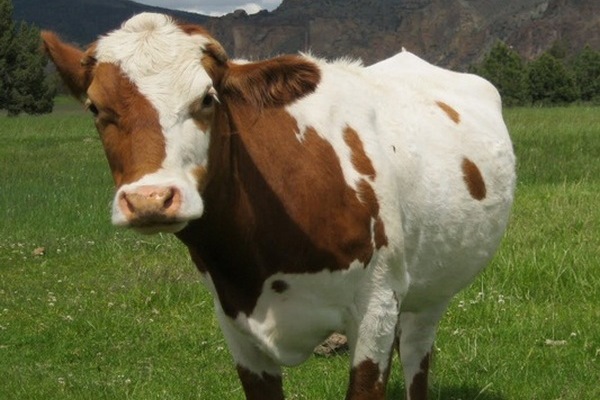
The Jersey is a British breed of small dairy cattle from Jersey, in the British Channel Islands. It is one of three Channel Island cattle breeds, the others being the Alderney – now extinct – and the Guernsey.
Jerseys are known to exist in the UK mainland since 1741 and probably well before. At that time they were known as Alderneys.
The flourishing times for the breed was the period from the 1860s to the First World War when the Jersey cow enjoyed the greatest period of development for the breed worldwide. For many years, thousands of animals were shipped to the USA annually, but records show that early settlers took Jerseys there in 1657. Canada imported her first Jerseys in 1868. Jerseys first went to South Africa in 1880, and in 1862 New Zealand imported her first cattle.
Although records of earlier importations into Australia are not available, it is believed that the first Jerseys arrived as “ship cows.” The first reference of a Jersey dates back to 1829 when Mr. J. T. Palmer of Sydney advertised the sale of 200 pure bred Jerseys.
The Jersey is adaptable to a wide range of conditions, and its distribution is worldwide. Jersey milk is remarkably rich in butterfat, and for that reason animals of this breed are in demand for crossing with native stock to improve the butterfat percentage in milk. Jerseys are of great importance where butter is a major product, as in New Zealand and Denmark. Because of their small size and lack of muscular development as well as the yellow colour of body fat, Jerseys have lower beef value than the other major breeds. Their principal capacity lies in their efficient production of milk high in butterfat and milk solids.